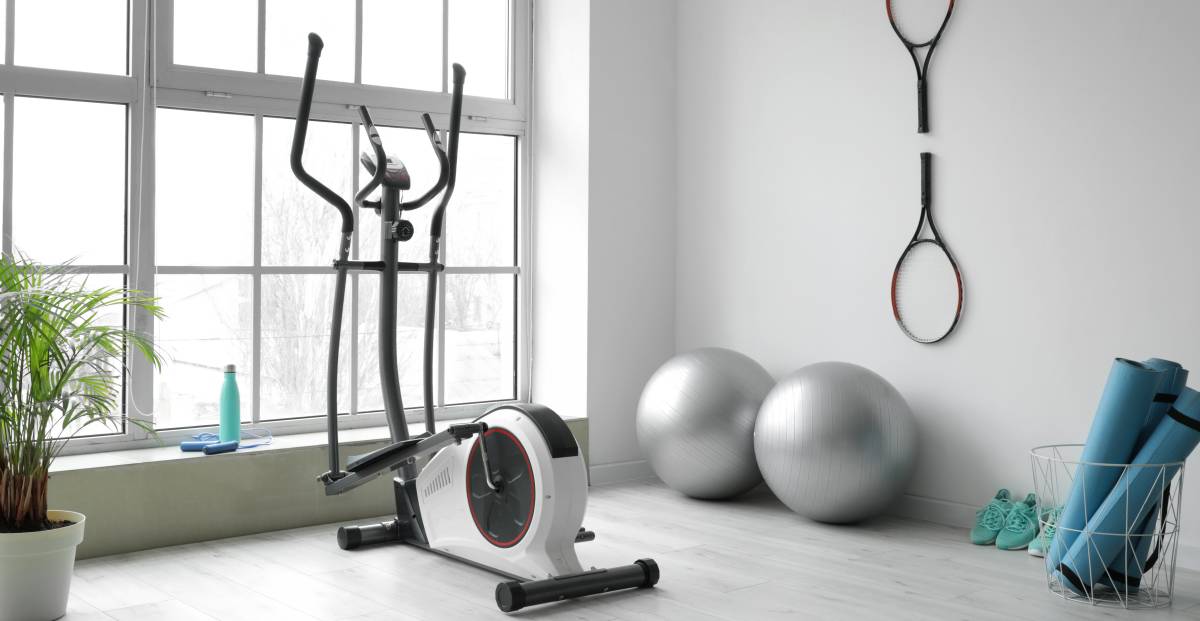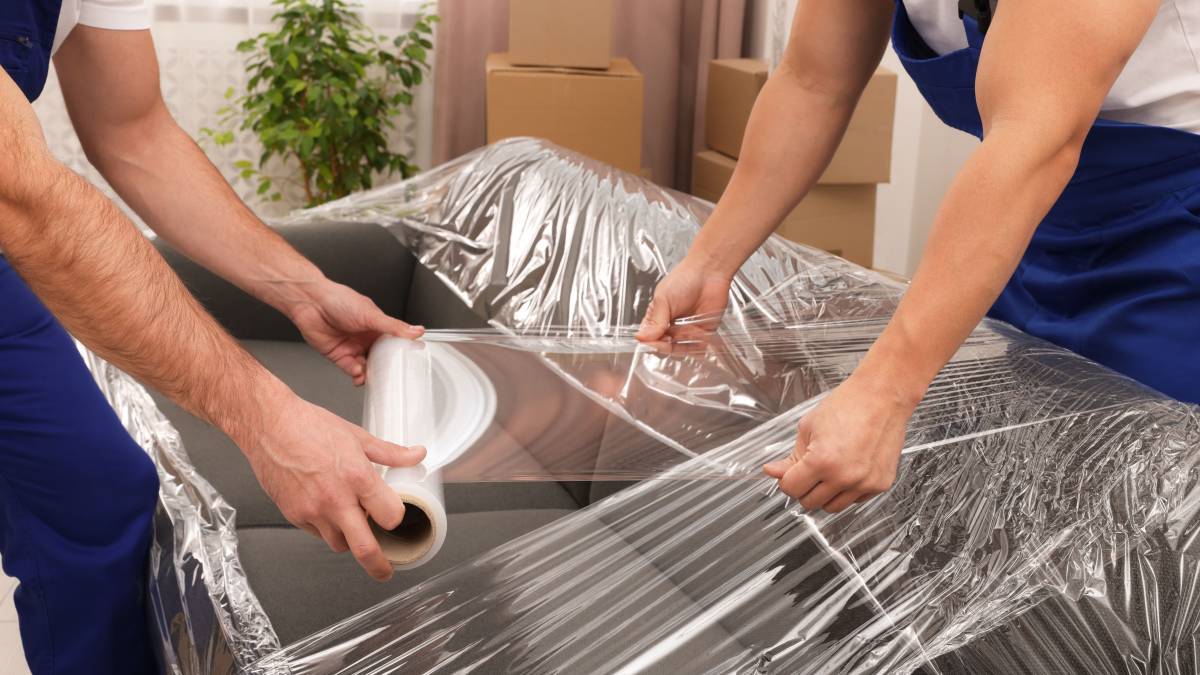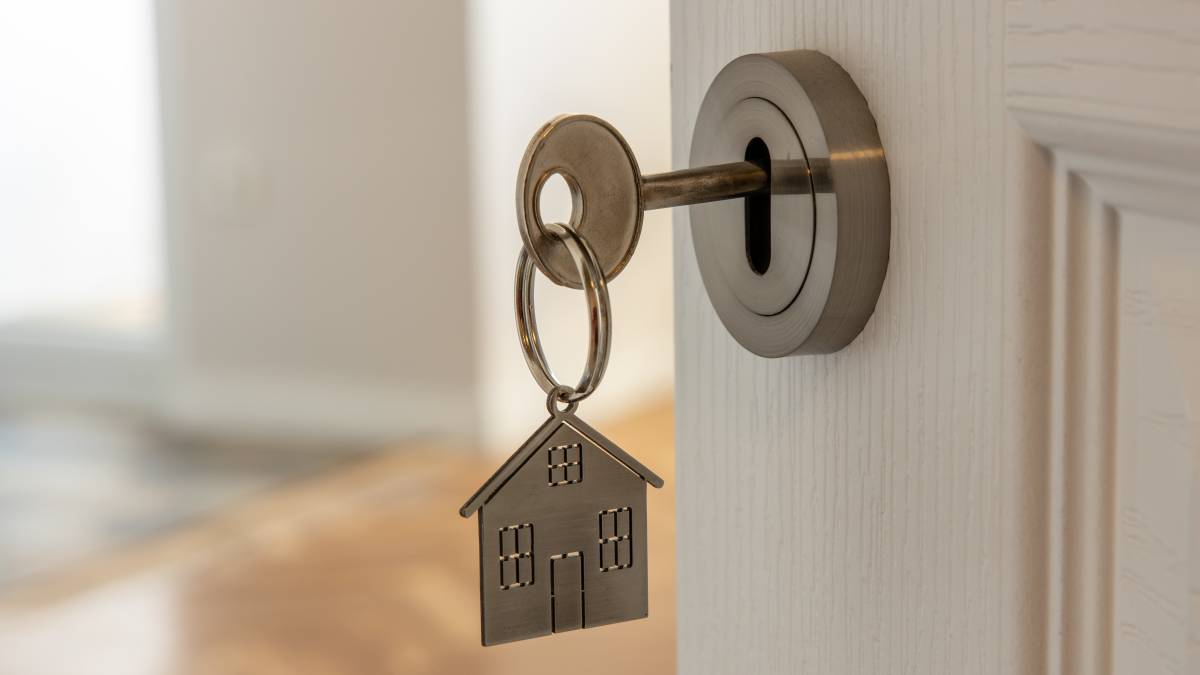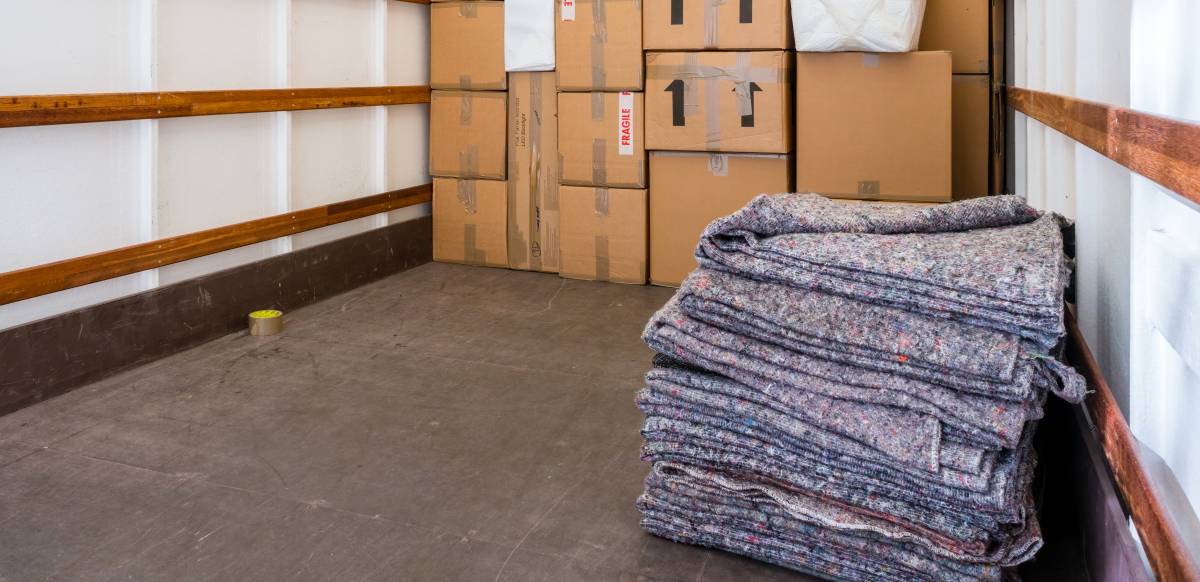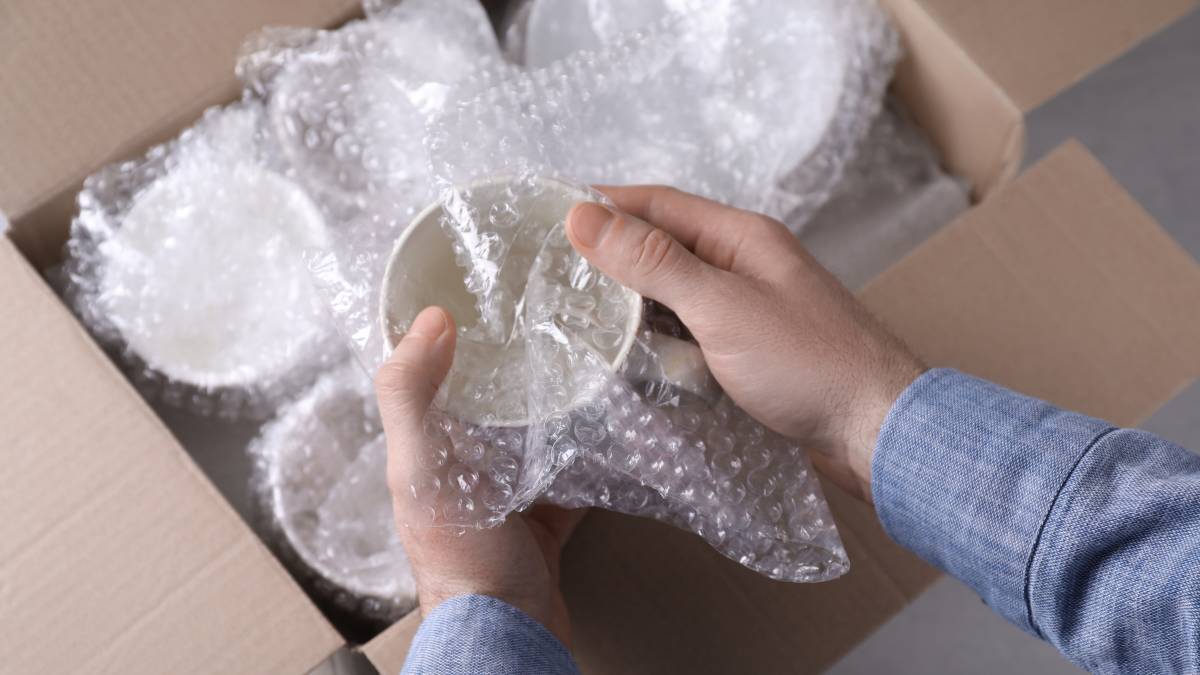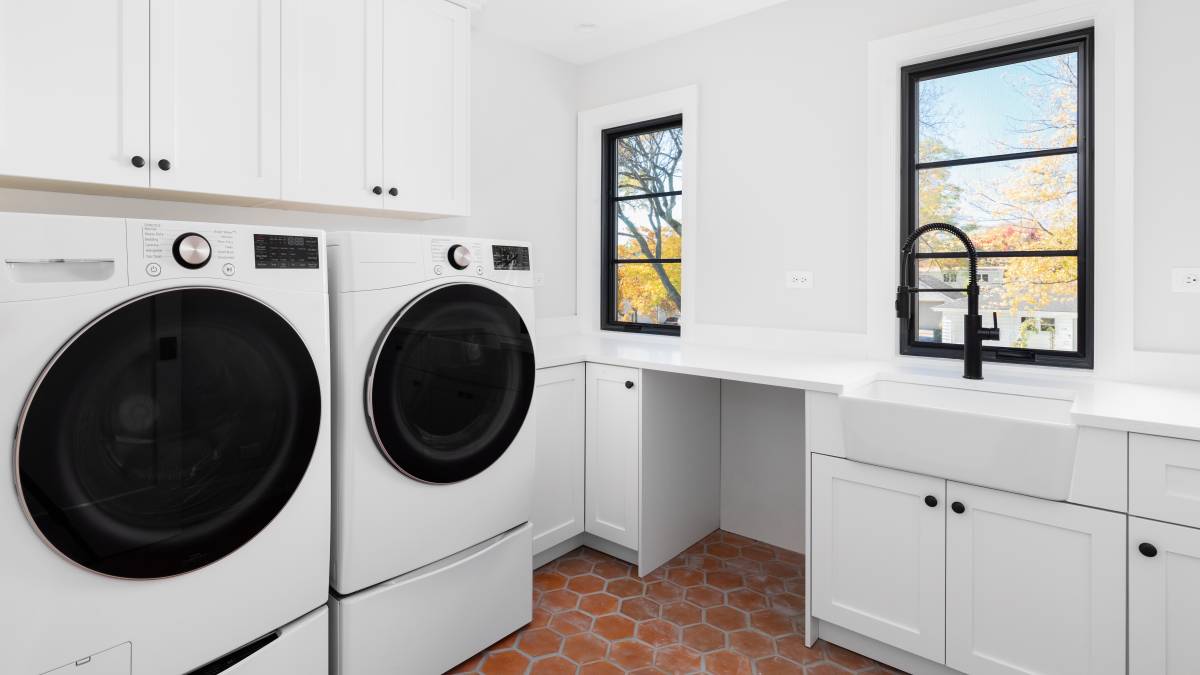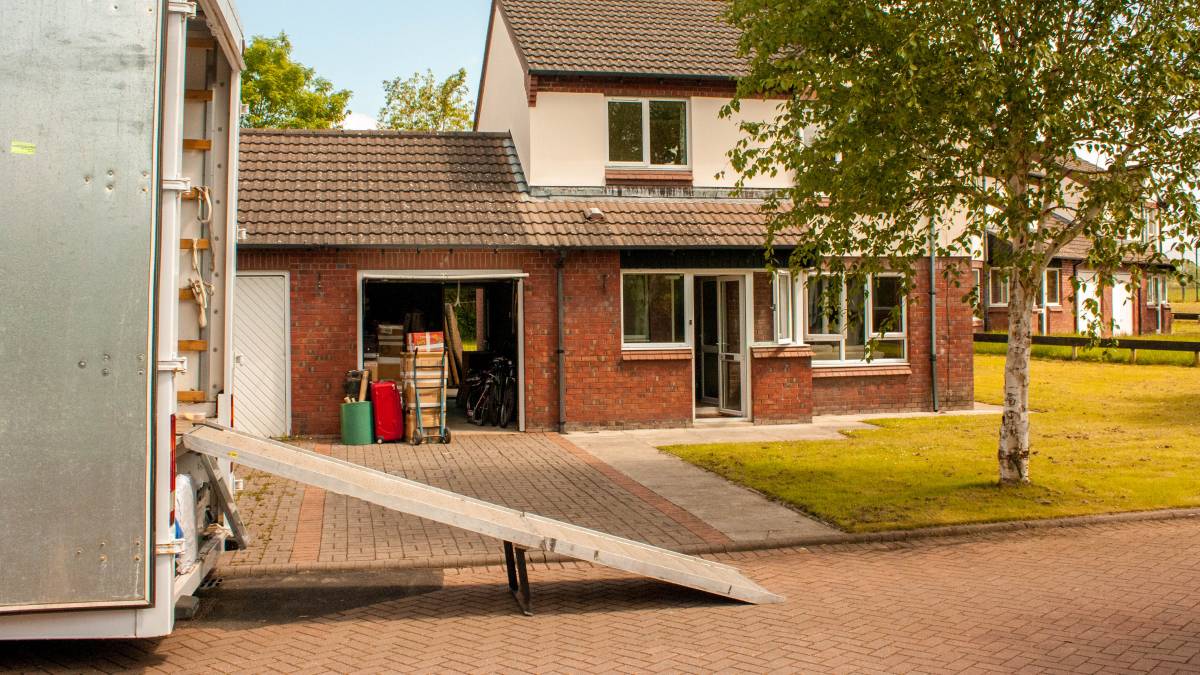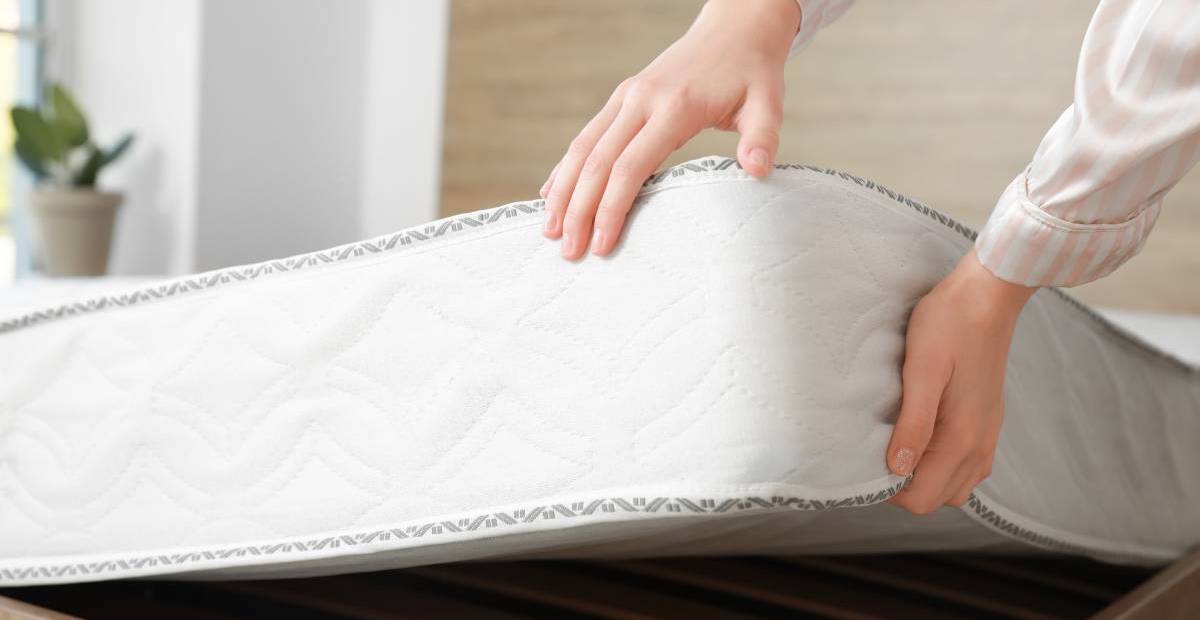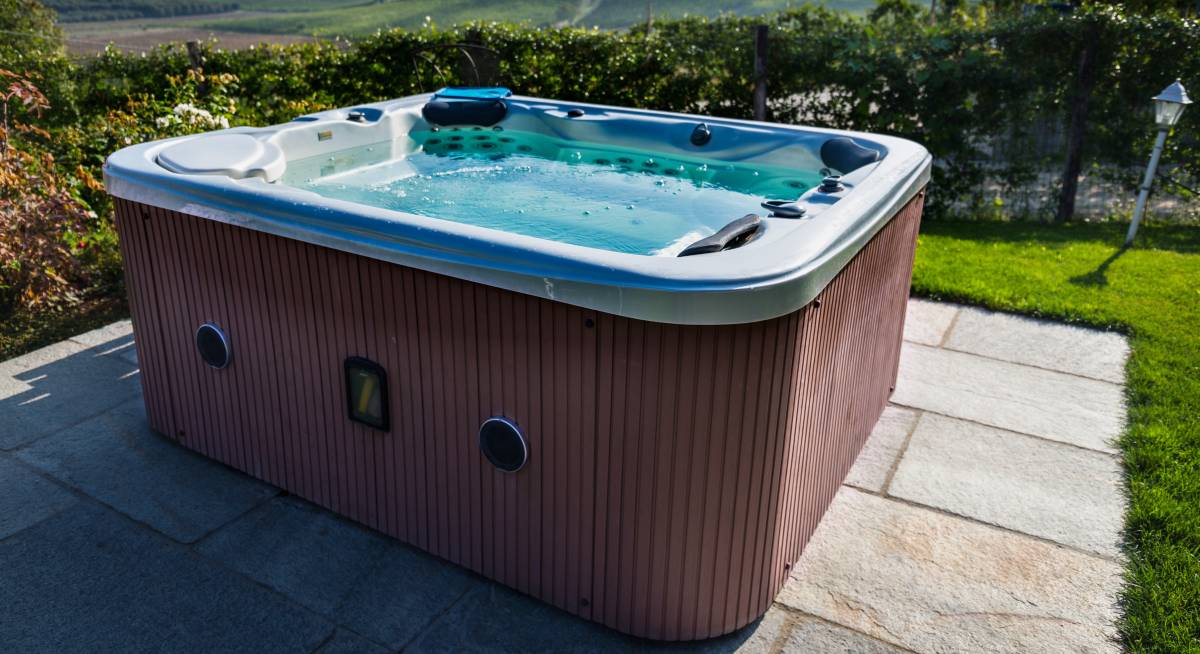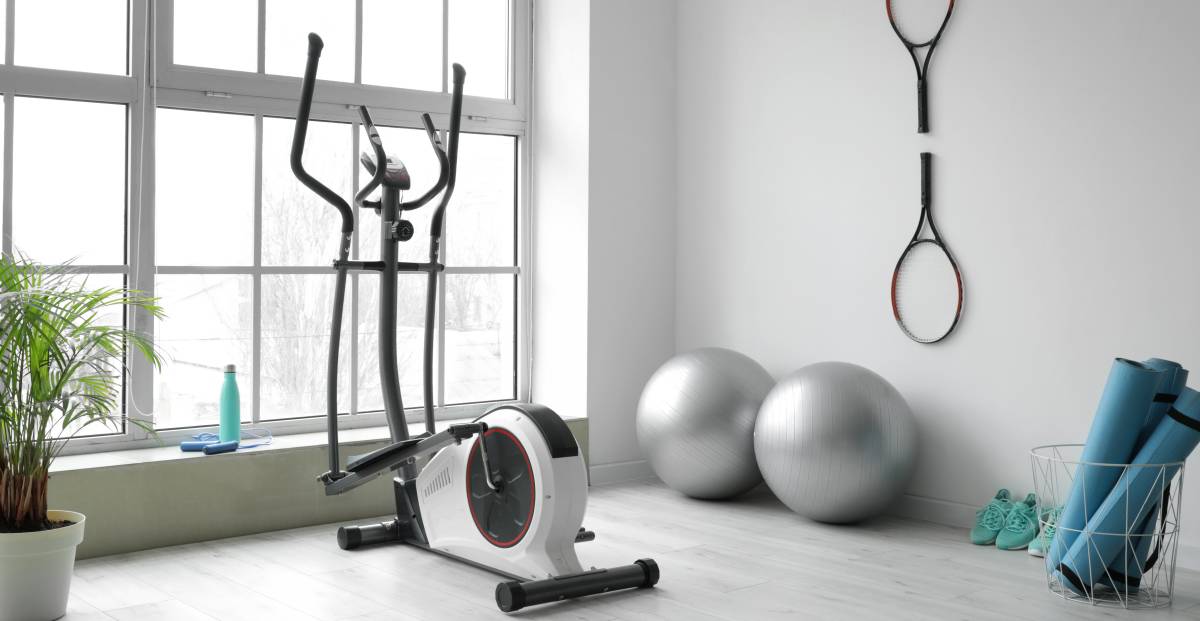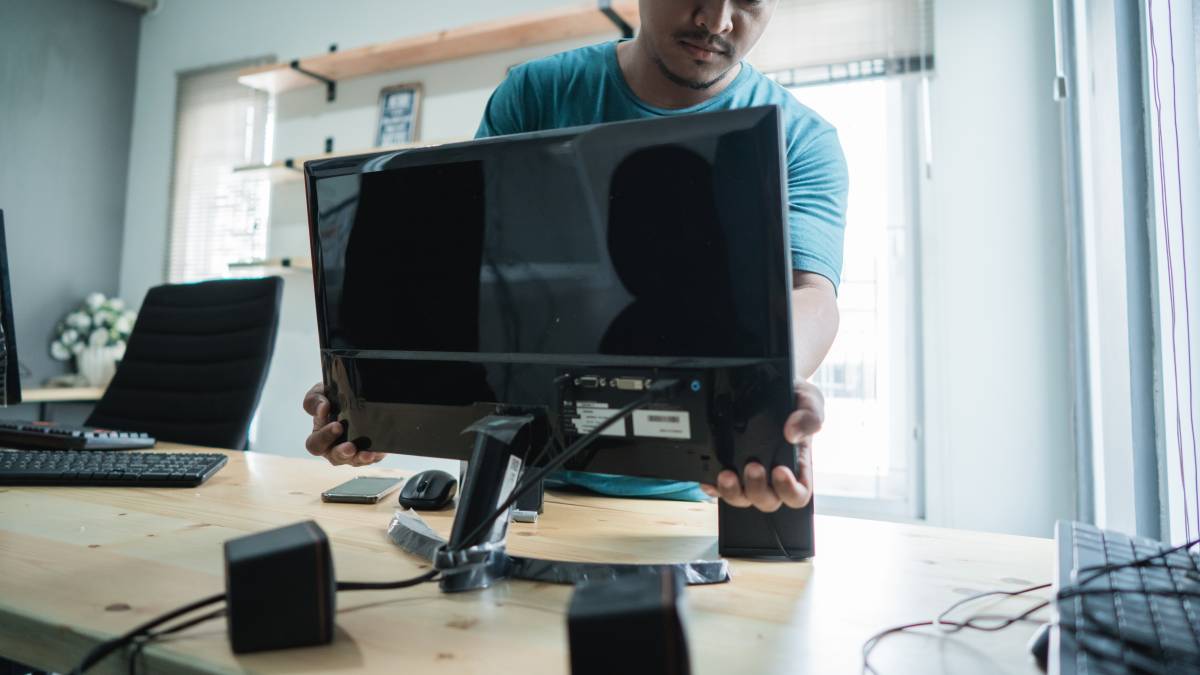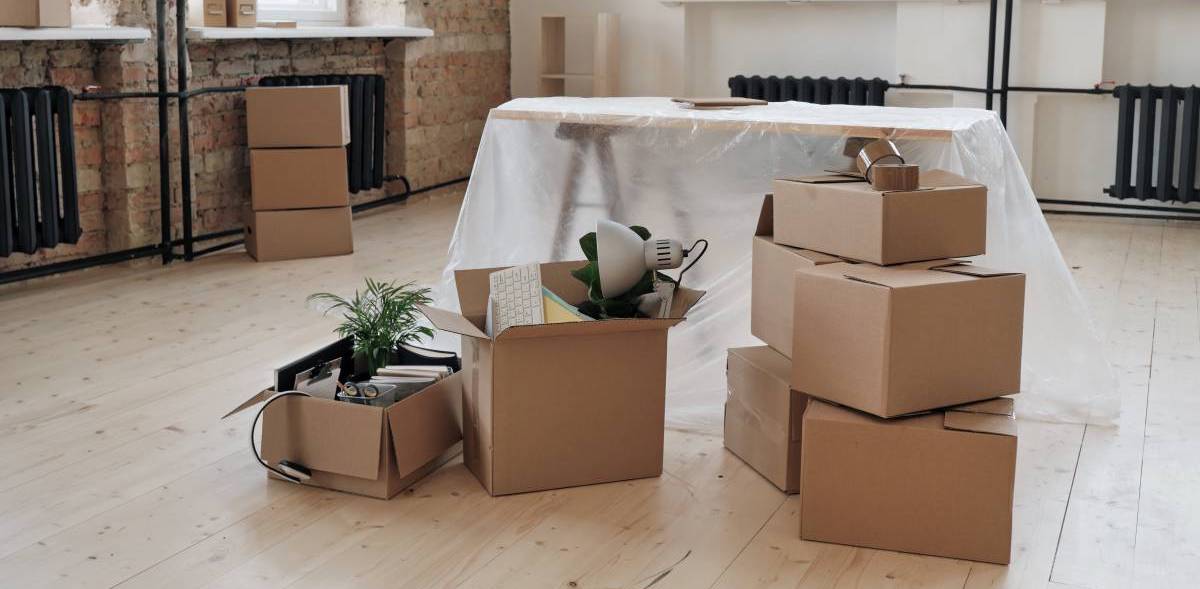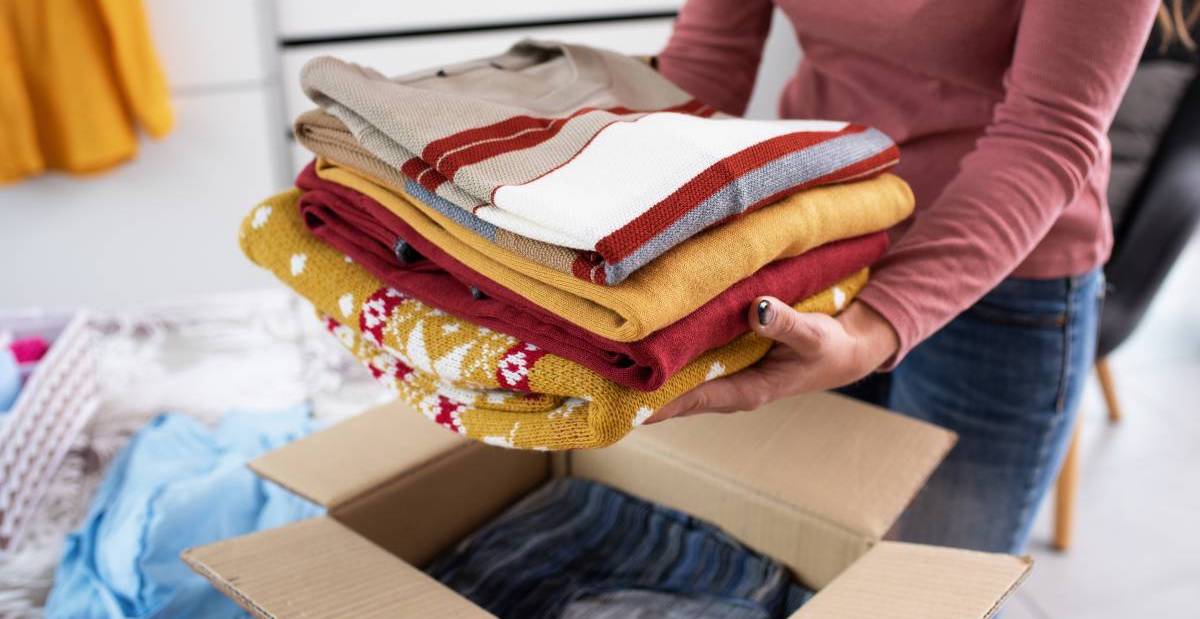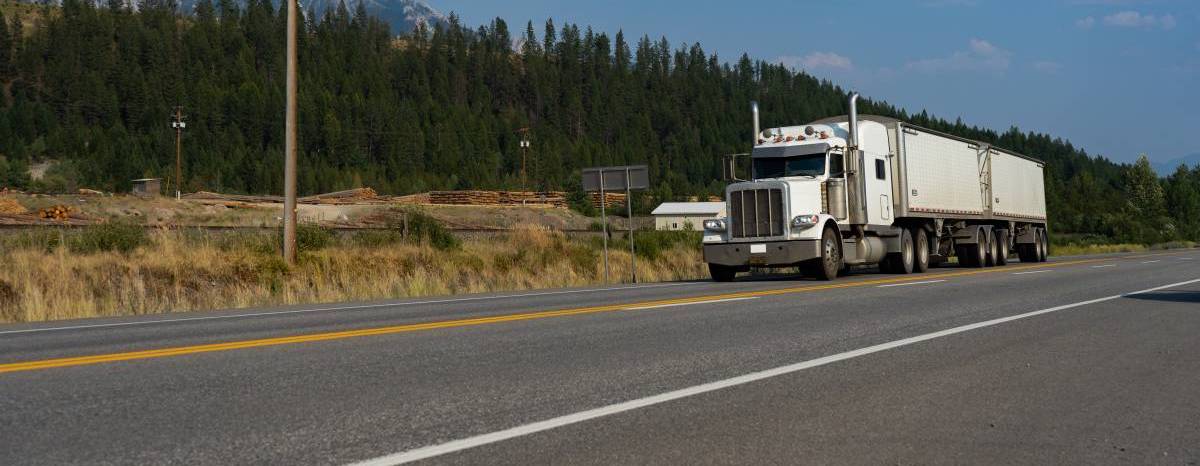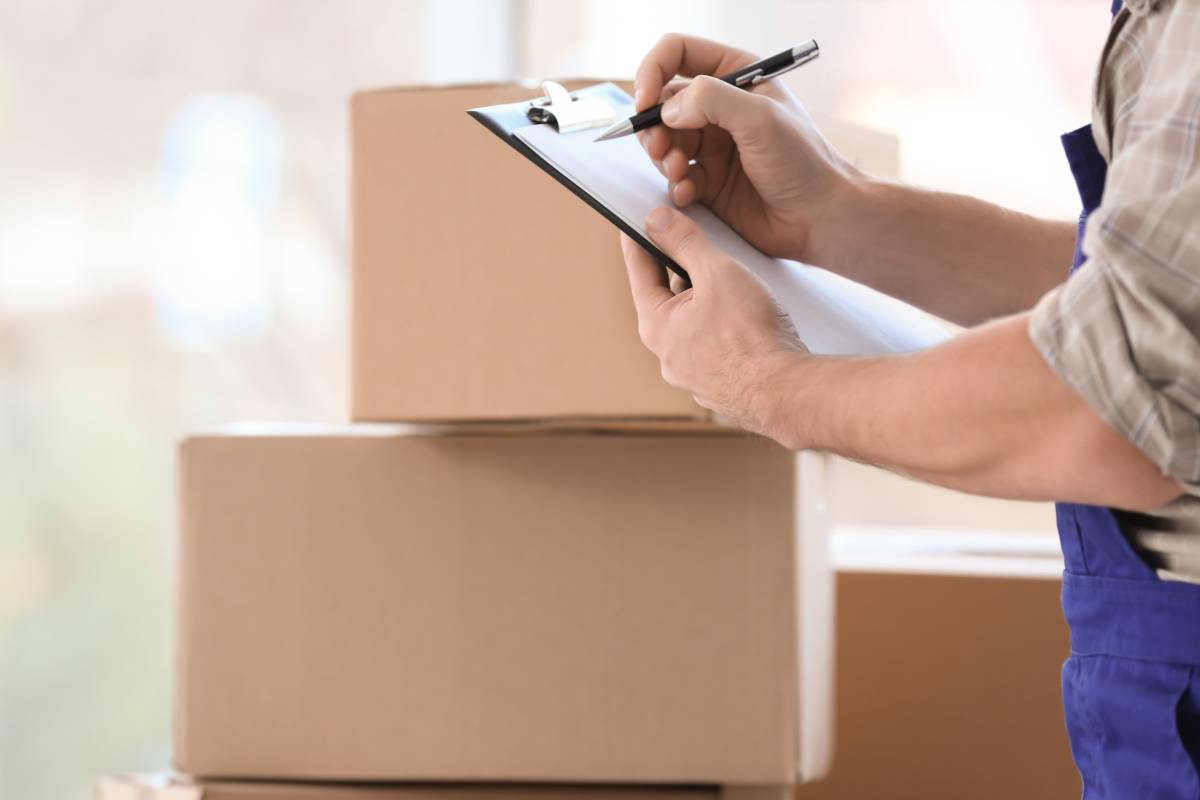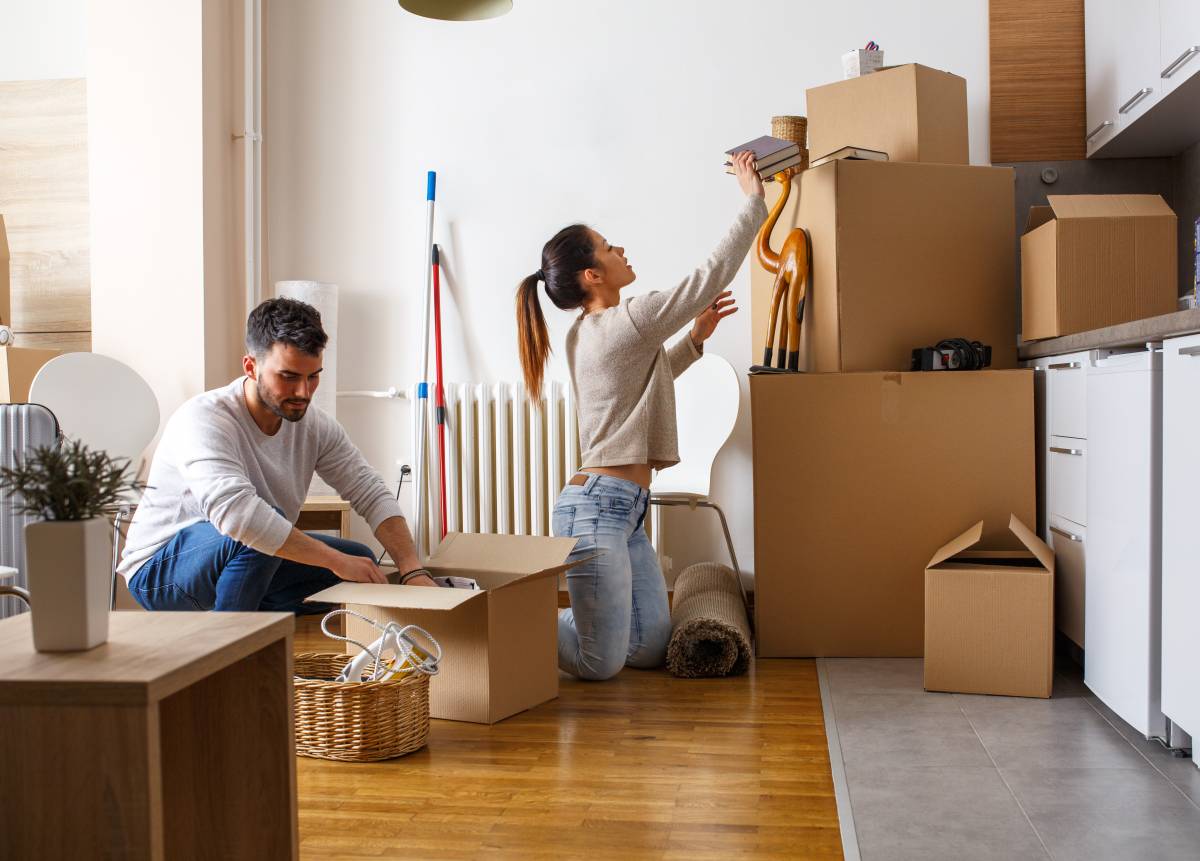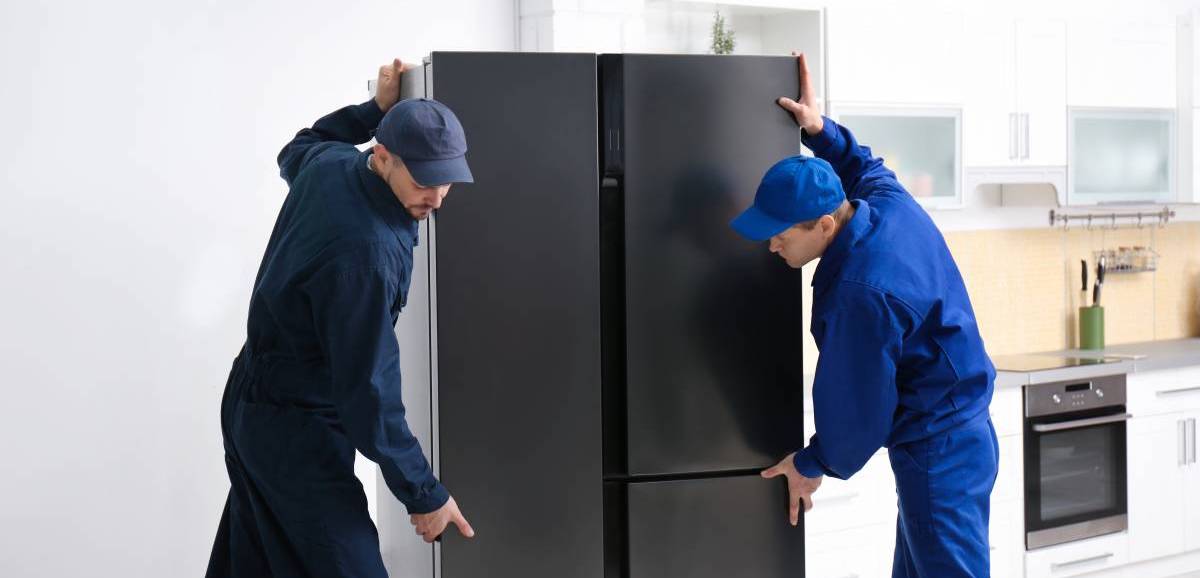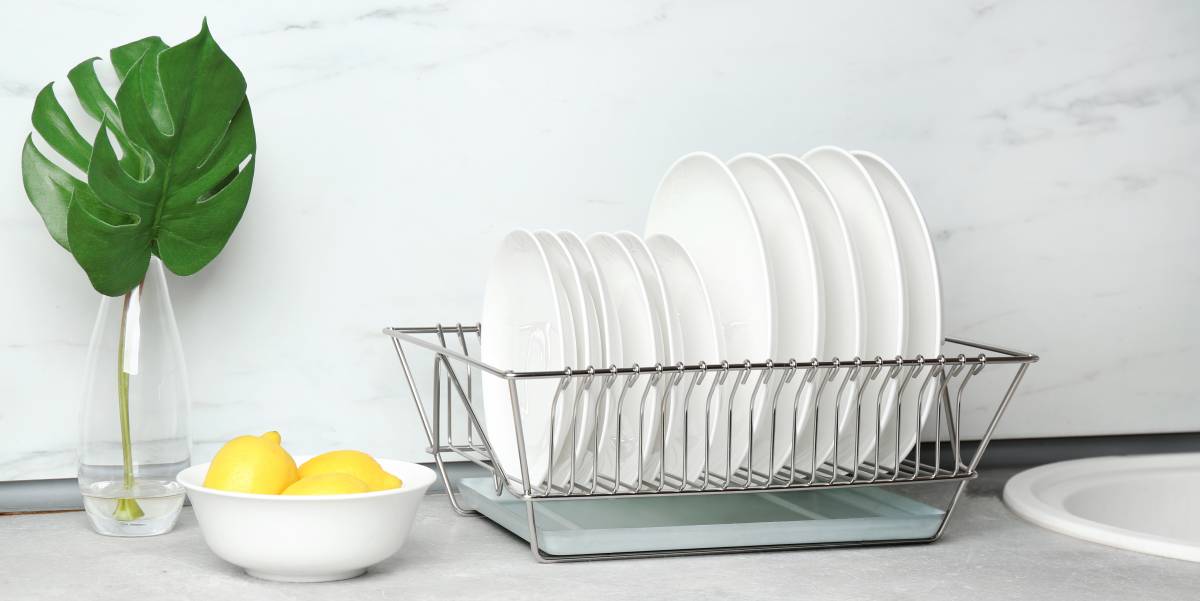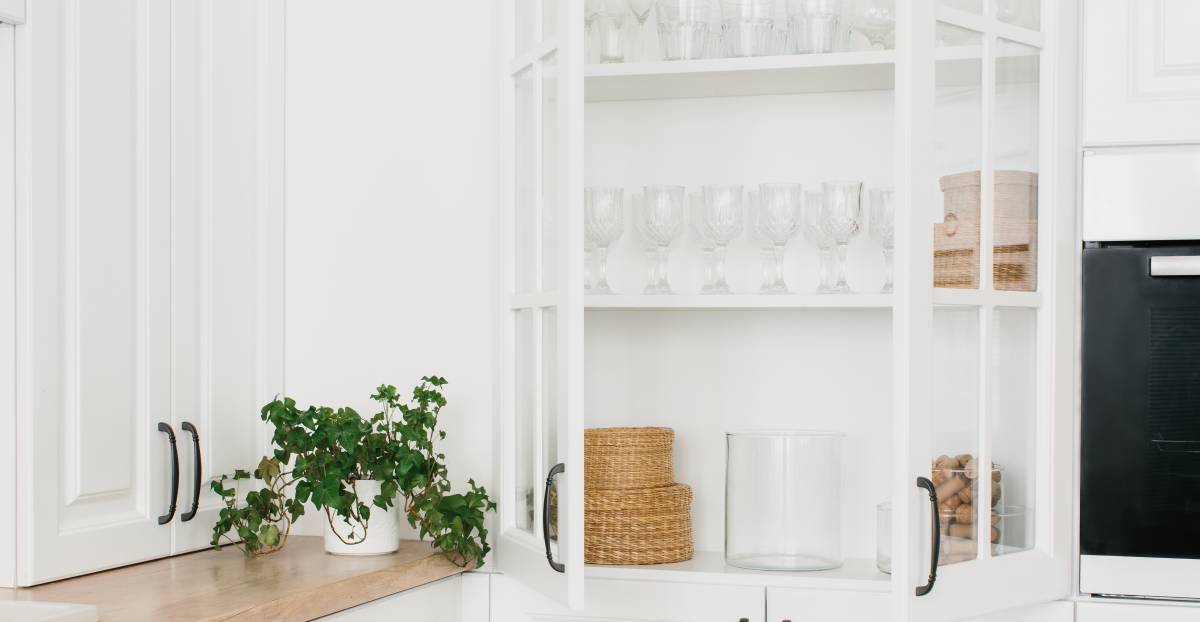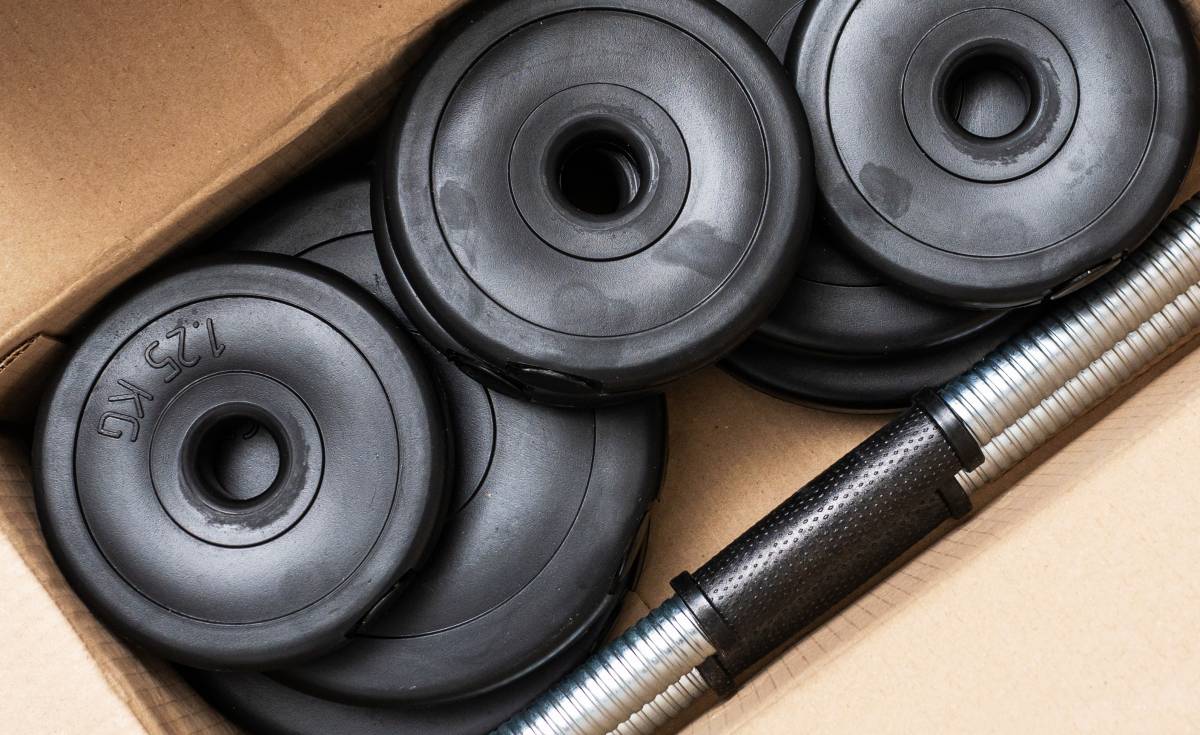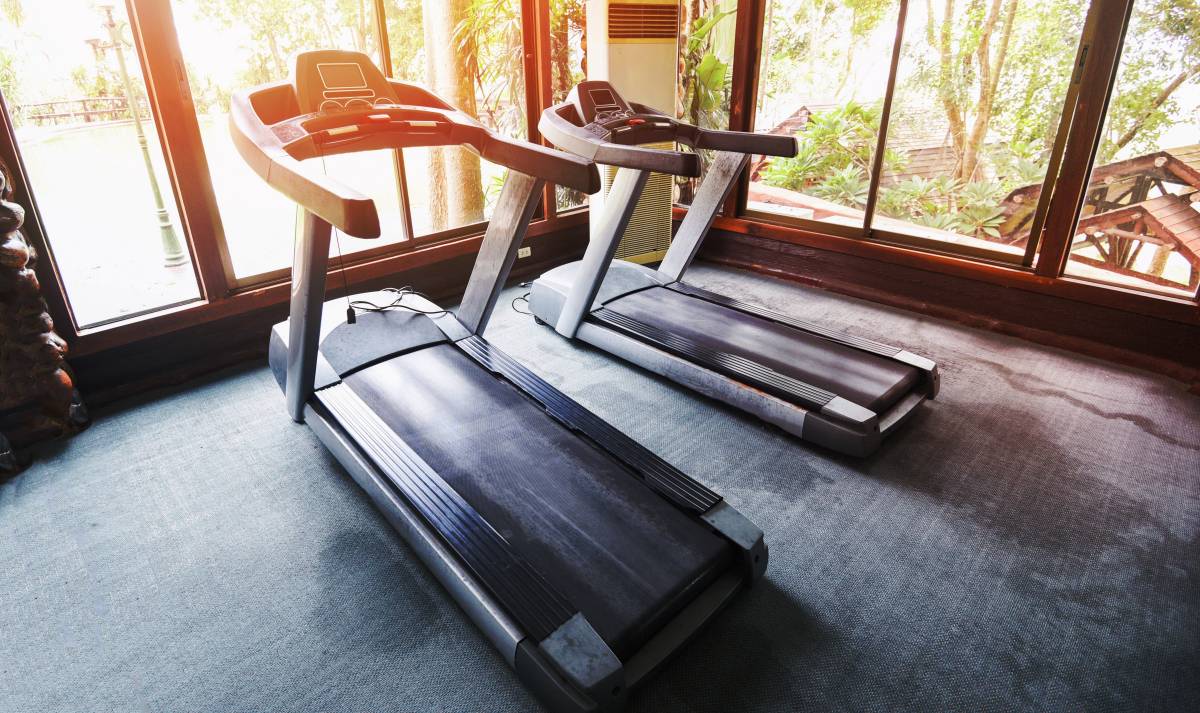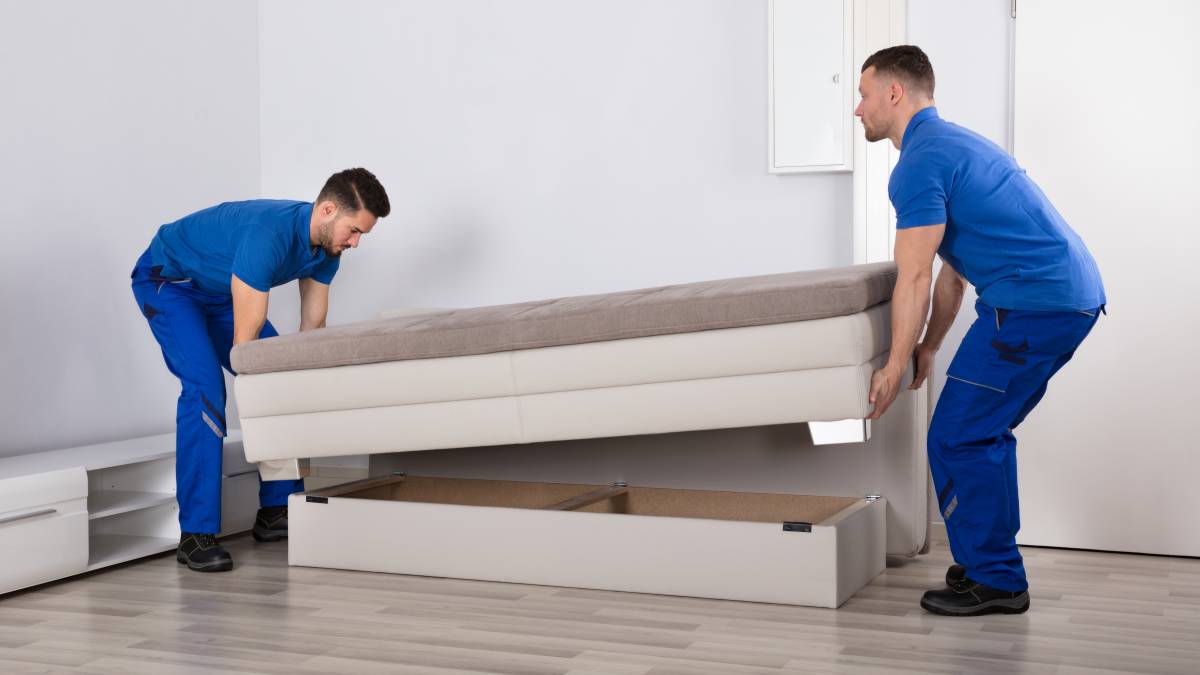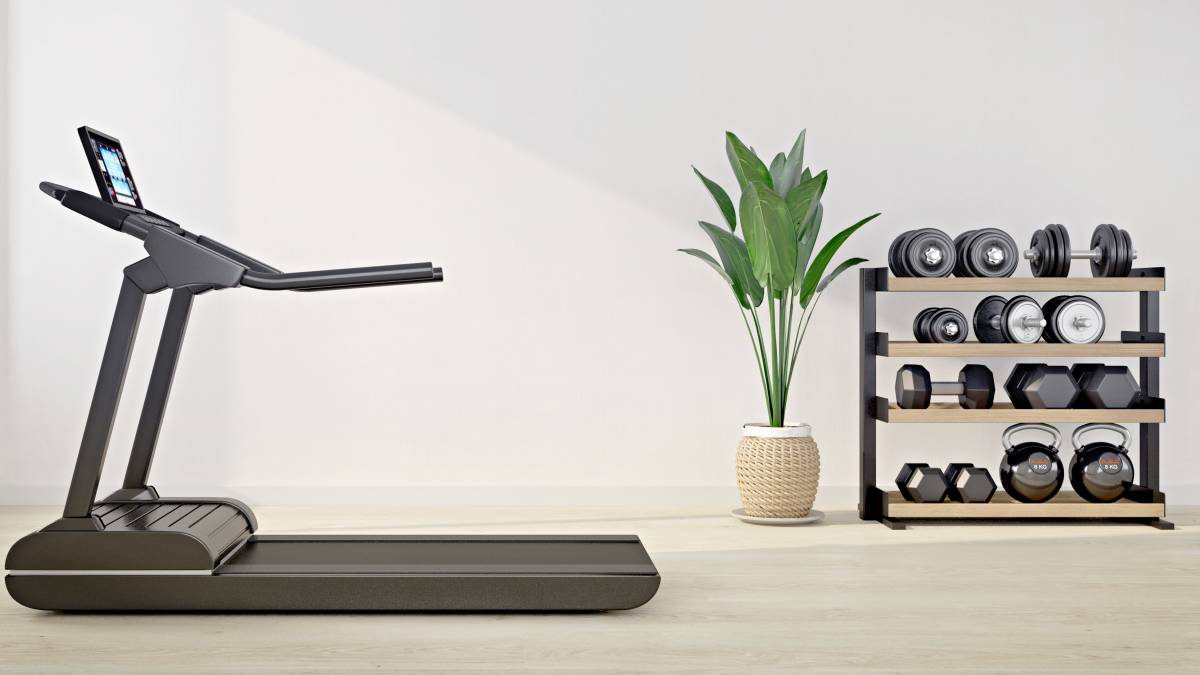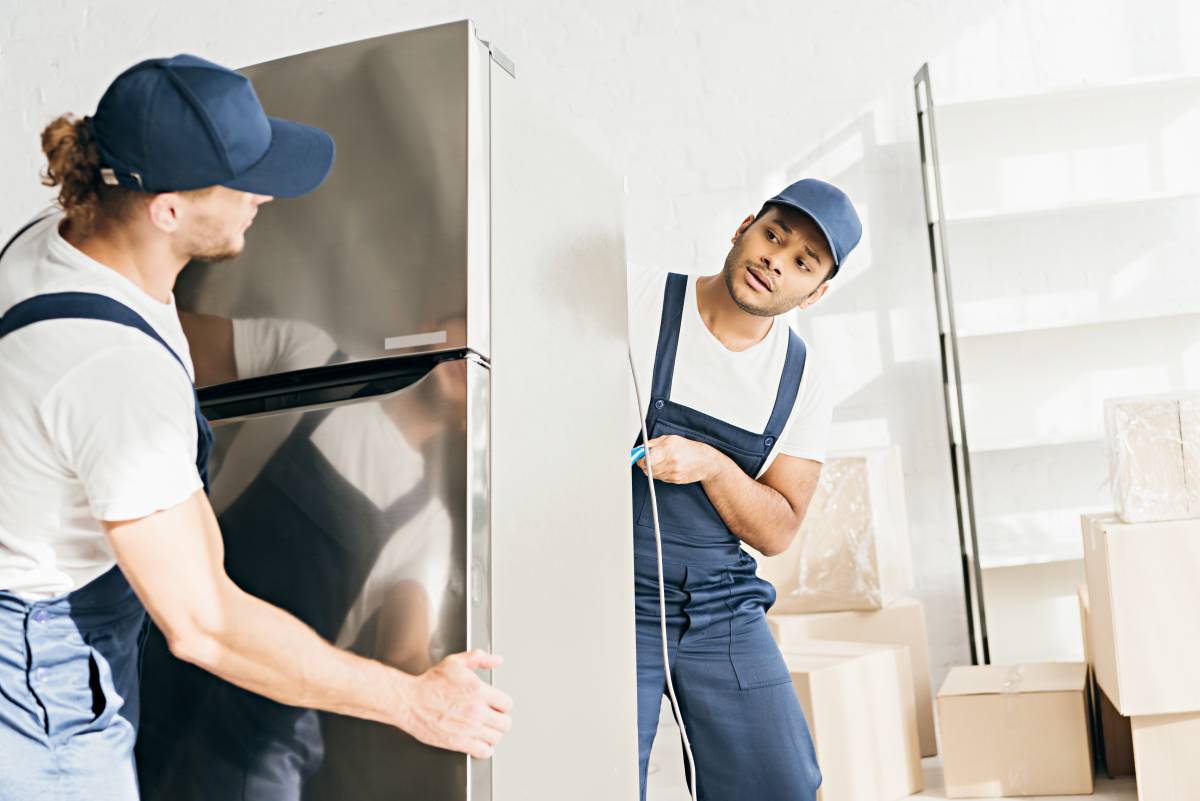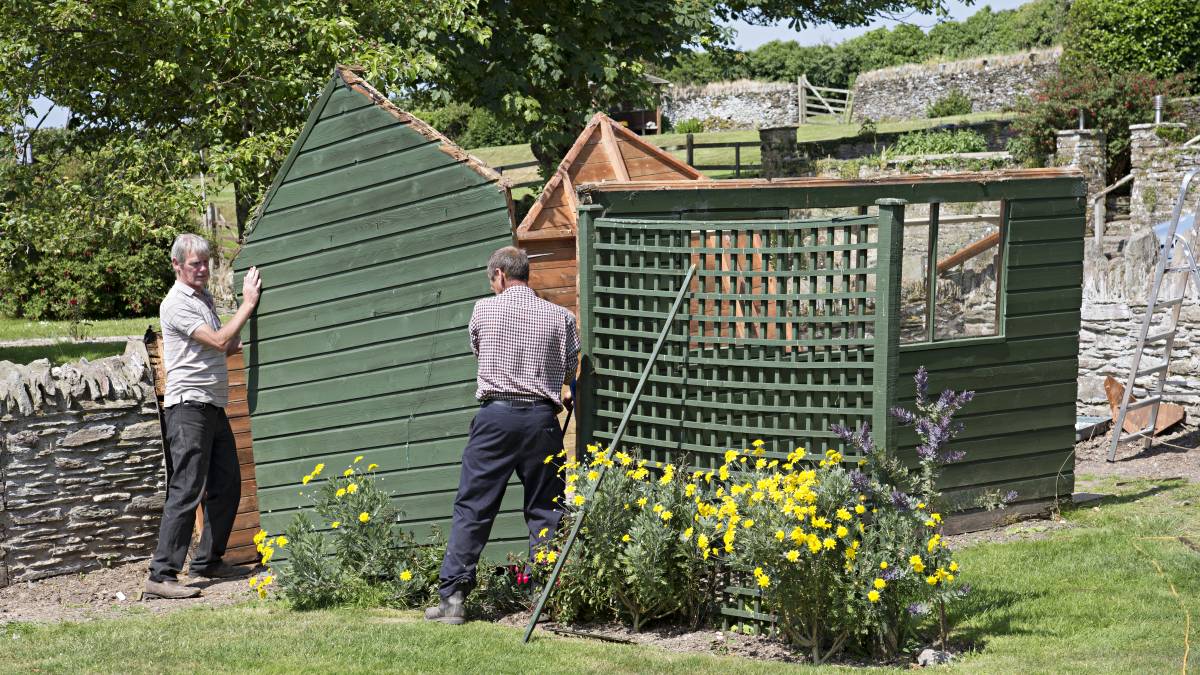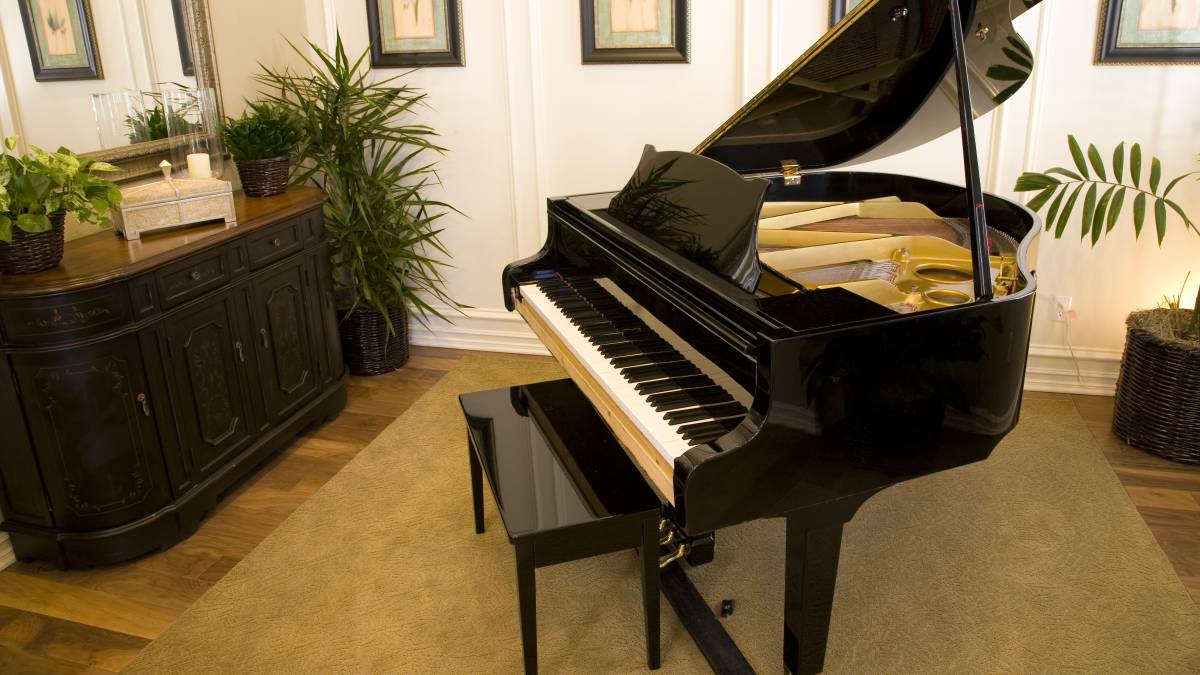- Home/
- Guides/
- Appliance Movers/
- How to Pack Small Appliances
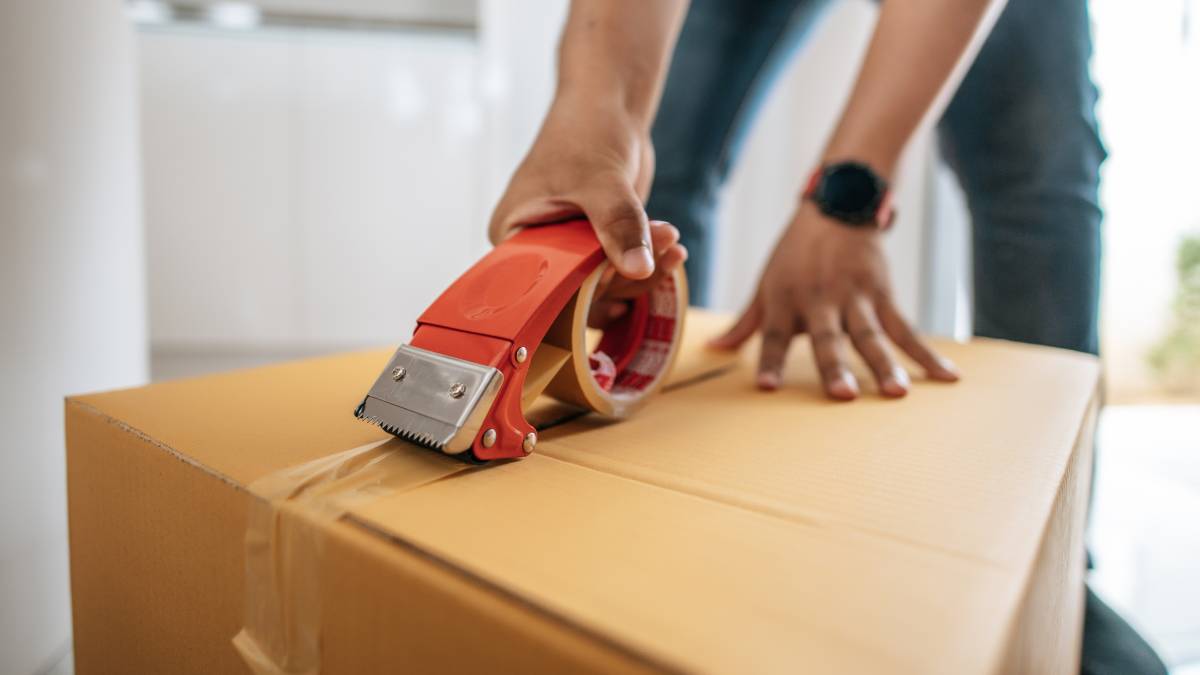
Avoid dents and cracks: How to pack small appliances for moving
Need help with wrapping and packing? Find out how to pack your home appliances with this guide.
Get moving assistanceLast Updated on
When you're ready to relocate, knowing a few hacks on how to pack small appliances will make your move to your new space smoother. Loosely and carelessly packed small appliances may get damaged during the move. This can result in unplanned expenses to repair or replace broken appliances.
To ensure that your small appliances survive the move and continue to serve you well after, it’s essential to know how to pack them properly. Below are some helpful pointers to help pack your small appliances and ensure they reach their destination without damage.
What you’ll need
Here are the tools and supplies you need to have on hand to ensure a smooth packing process:
Original appliance boxes or regular moving/cardboard boxes
Packing materials (e.g., bubble wrap, old towels, and other packing support)
Packing tape
Bubble wrap or other packing support
Cable ties
Permanent marker for labeling
Before you start
Wondering about the things you should do before you pack small appliances for moving? Here are a couple of things to remember:
If you have any small appliances linked to your plumbing or gas line, you may need to call a professional to disconnect the supply line properly.
Making plans and preparing for a few days without these appliances would be wise since many of them should be turned off a couple of days before your move.
A step-by-step guide to packing small appliances
Now that your tools and materials are ready, let’s get started. Here’s how to pack small kitchen or home appliances for moving:
Step 1: Gather and organize your appliances

To start, gather all the small appliances you plan to pack ahead of time to avoid forgetting anything. This step also lets you see which devices you haven’t used in a while and can let go of.
Next, organize and group appliances that won’t be needed immediately and pack them in the same boxes. This makes it easier to store them when you move into your new apartment until you need them.
Step 2: Disassemble your appliances
To keep your appliances safe, disassemble them and remove any loose parts before packing. This will prevent damage during transportation. Later, you’ll pack each appliance's disassembled components in the same box to save time when setting up after moving.
Step 3: Wipe them clean
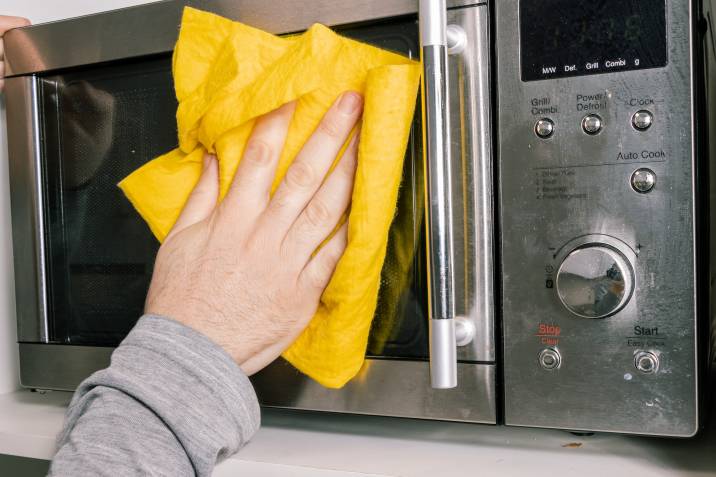
You don’t want to bring crumbs, grease, or other debris when moving to your new house! So, make sure you clean your small appliances before boxing them up. You may use baking soda, a damp rag or wet wipes, and a dry cloth to clean your items. Before wrapping them up, ensure each item is completely dry to prevent mold growth.
For instance, when preparing your coffee machine, make sure the water tank and internal components are fully emptied. If you encounter any issues during this step—like a leak or unusual noise—it might be time to book a professional coffee machine repair service before the move, whether you need help in Los Angeles or in Dallas.
Step 4: Secure the wires and cords
Secure the wires and cords of your small appliances to prevent accidents or damage. If the power cable is detachable, fold it a few times, wrap it in soft packing paper, and secure it with tape. For non-detachable cords, fold and tie them with cable ties or rubber bands. Wrap in packing paper and secure with tape. Label the cords for easy assembly at your new place.
Step 5: Wrap your appliances

Wrap the appliance with two to three sheets of appliance wrap or bubble wrap for protection. Use packing tape to secure the package, but don't use it directly on the appliance to avoid damage.
Step 6: Prep the boxes
Use the original packaging of your appliances for packing if you still have them. Otherwise, you may use sturdy moving boxes as an alternative.
Before you place your appliances in a box, place crumpled packing paper or old towels at the bottom of each cardboard box to create a soft, shock-absorbing layer. Bubble wrap can also be used to create a cushion that will absorb any shocks during transport. Doing this will keep the items from shifting inside the box during transit.
Step 7: Box ‘em up
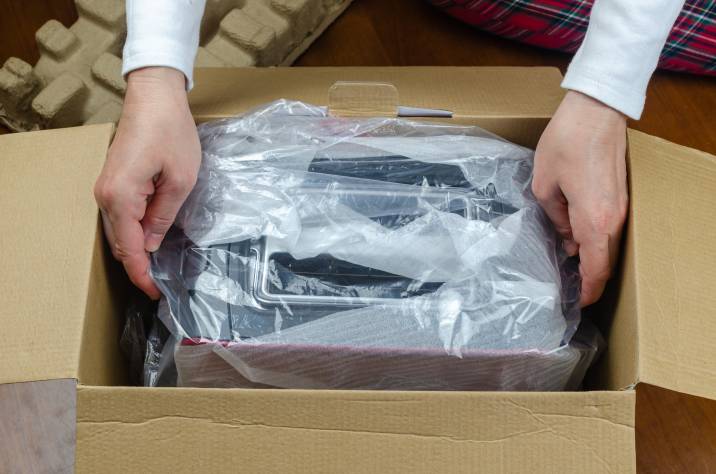
Gently place the packed small appliances into their designated boxes and any additional components that were disassembled and packed separately. Make sure that you keep the wrapped appliances upright in the boxes, with heavier devices on the bottom and lighter ones on top.
If there is still space, add more small appliances to the same box, but stay under 18.14 kgs (40 lbs) per box for safety, regardless of the strength of the appliance cardboard boxes. You can fill the empty spaces with crumpled paper to prevent them from moving around. If you notice any movement, add more paper until they’re snug inside.
Step 8: Seal and label the boxes
Seal the box by taping the top flaps with packing tape. The flaps should close without bulging upwards. If it does, it means the box is overfilled. If it bulges, remove an item or two and put them in another box. Label each box indicating the appliance’s name and destination room, such as the kitchen, bedroom, or living room.
After packing breakable items, don’t forget to write “FRAGILE” and “HANDLE WITH CAUTION” on the box to remind handlers to be careful!
Once done, you can carefully load them onto the vehicle for transport. If you have a dolly or cart around, you can use that to save yourself several trips back and forth.
Pack your small appliances with care
You should pack your small appliances with the same care that you would give to heavy appliances. And doing this shouldn’t be too difficult. Simply follow the tips outlined above to ensure a smooth packing process.
If you’re short on time, call a professional to complete this job! Taskers in your area can help you pack your small appliances, especially if you’d rather use your time and energy for more important moving tasks. So, put up a task now and get your small appliances packed in no time!
FAQs about packing small appliances for moving
Carts on wheels that are specifically designed to transport appliances are extremely useful. Dollies have handles and supportive backs, allowing heavy items to be leaned back. Each cart or dolly can support a certain amount of weight; some can support small appliances and those weighing several hundred pounds.
You can do so following the same process outlined above, especially if they are small. Bigger appliances like refrigerators, stove tops, and washing machines may require additional steps, such as heavy-duty cleaning and using appliance-specific tools.
To protect the surface of the toaster oven from scratches and dents, it can be wrapped in packing paper before sealing it with tape, just like any other small appliance. Using foam, bubble wrap, or paper wrapping provides additional protection against dents and scratches.
Find appliance movers, fast
Find an appliance mover
Related articles

Moving out of state checklist
Read more

The ultimate packing and moving list
Read more
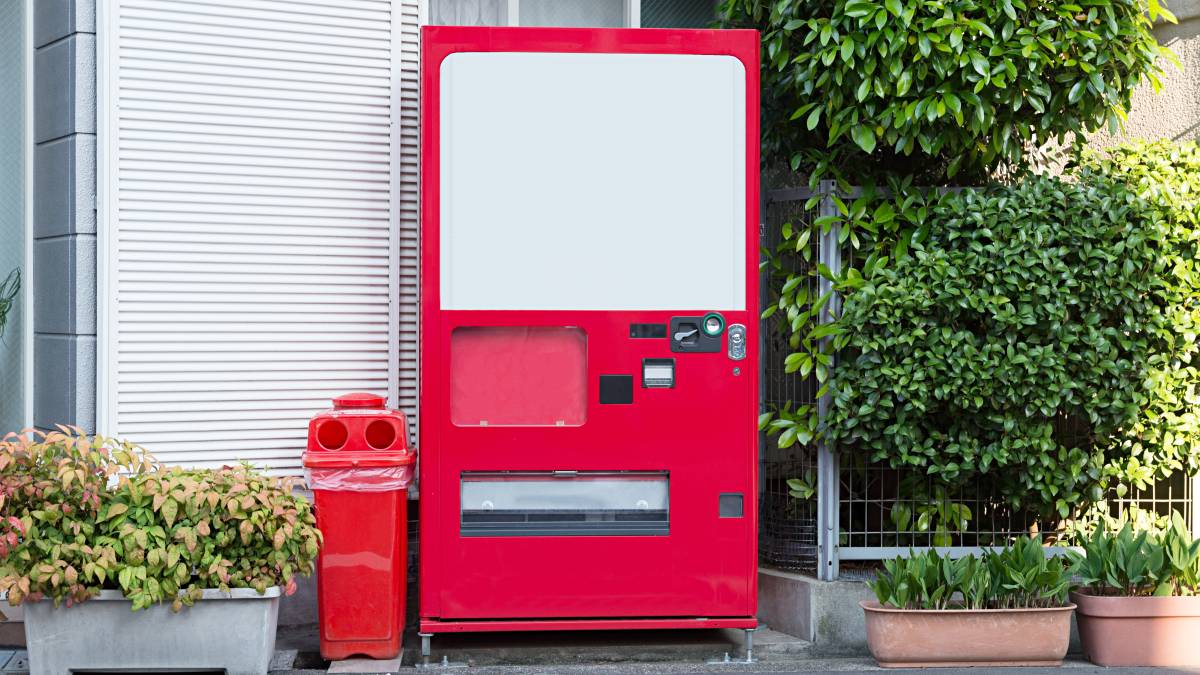
How to move a vending machine
Read more

How to pack artwork for moving
Read more

How to pack bedding for moving
Read more

How to move a pool table
Read more
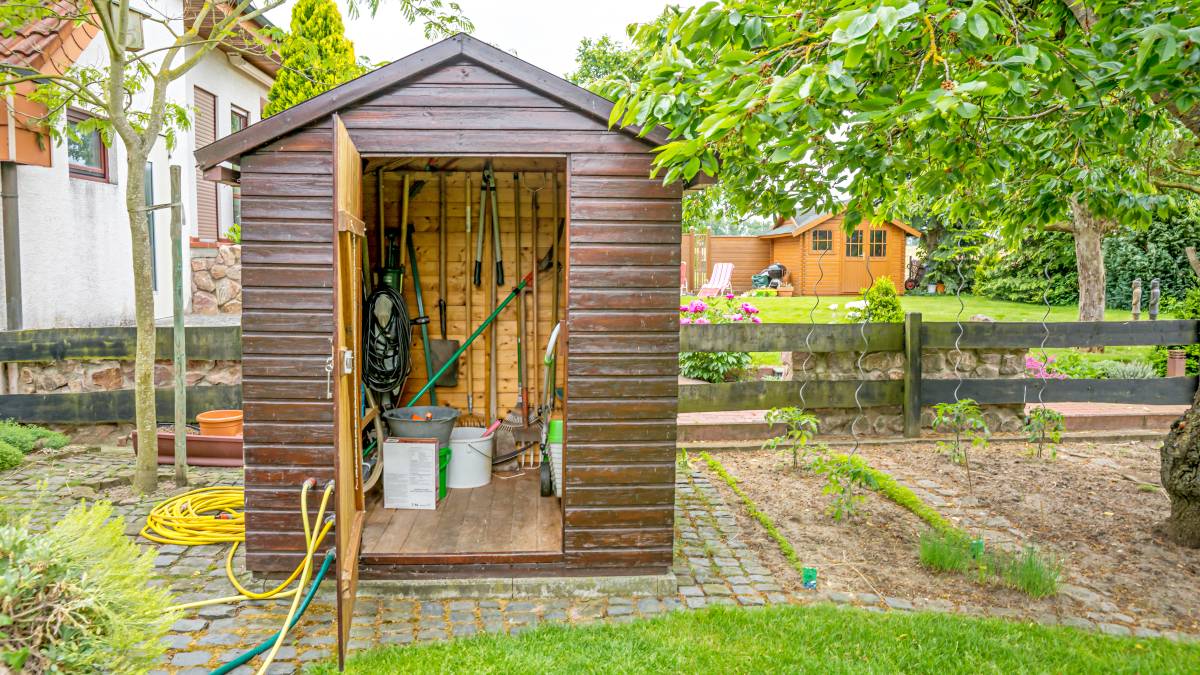
How to move a shed
Read more

How to pack a moving truck
Read more

Moving interstate checklist
Read more
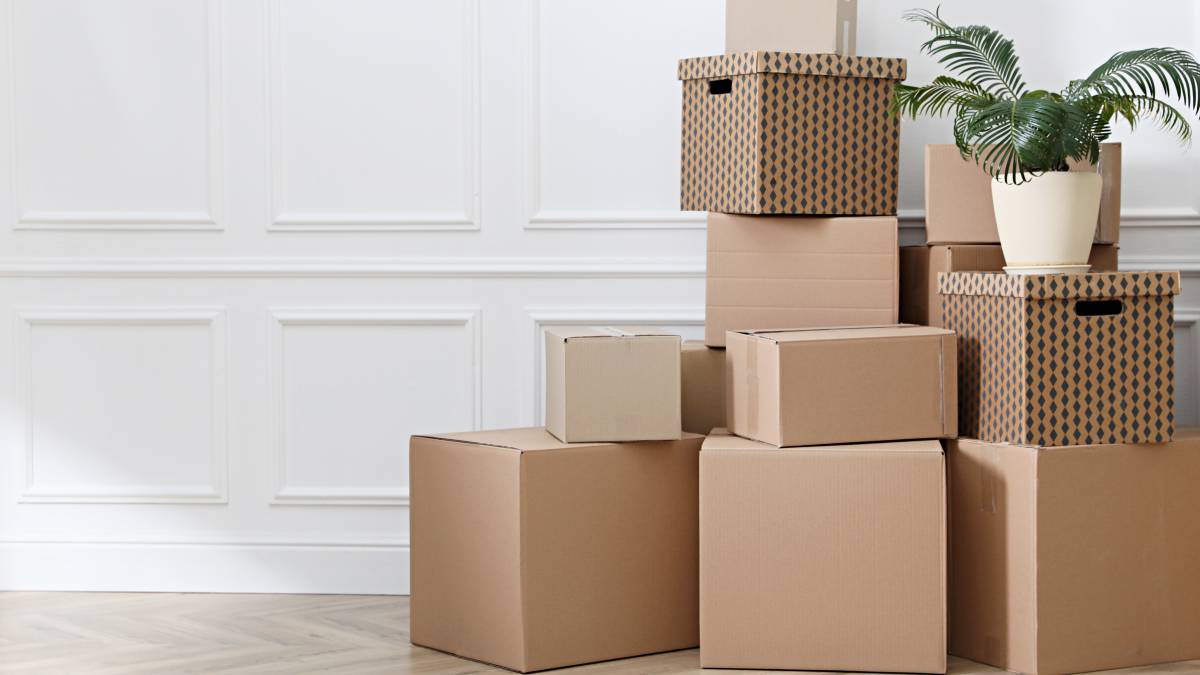
Where to get moving boxes for free
Read more
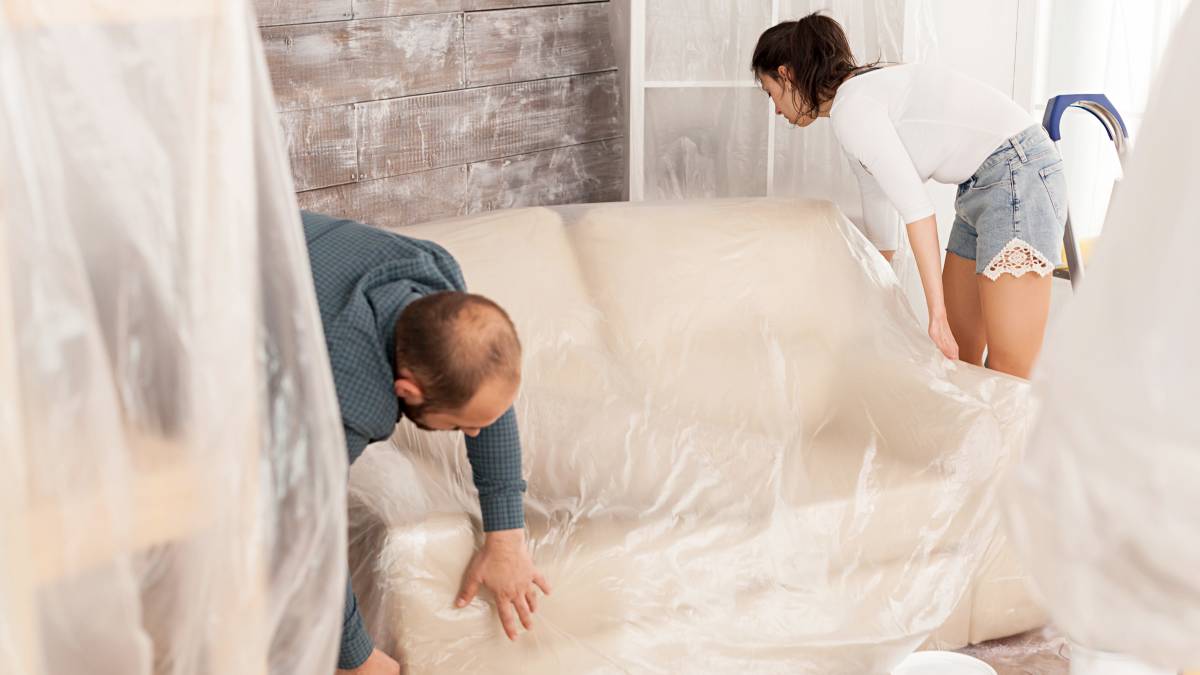
How to wrap furniture for moving
Read more

How to move a pinball machine
Read more

How to move a washing machine
Read more

What movers won’t move
Read more
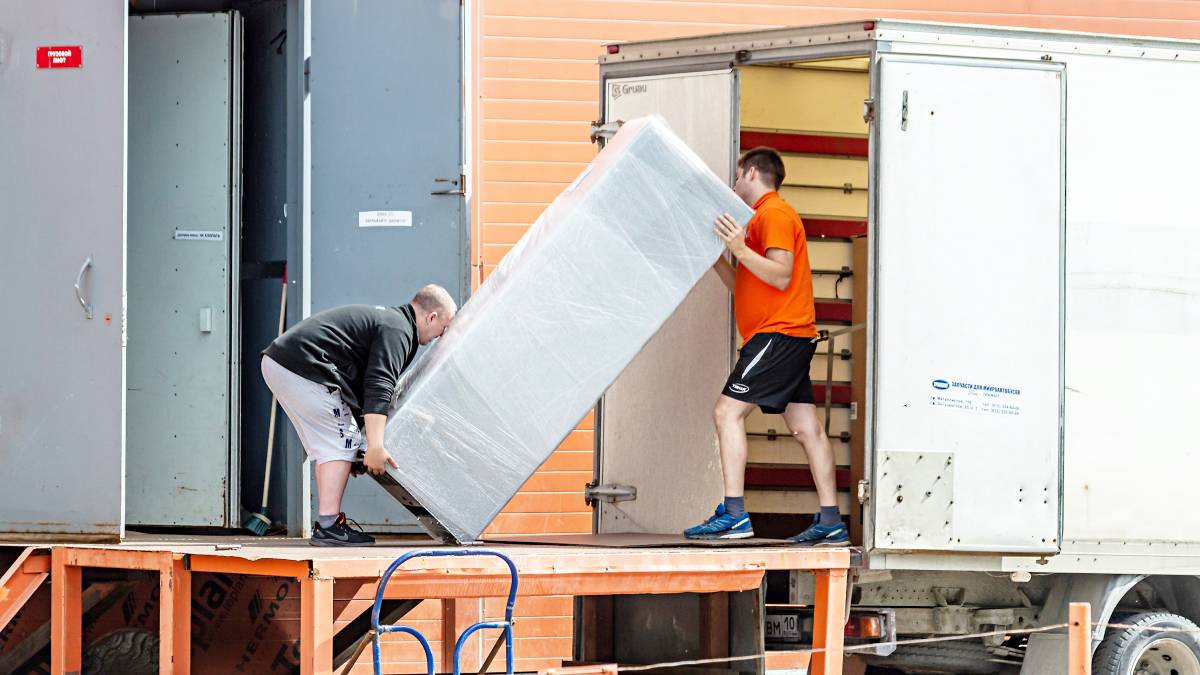
How to move a refrigerator
Read more
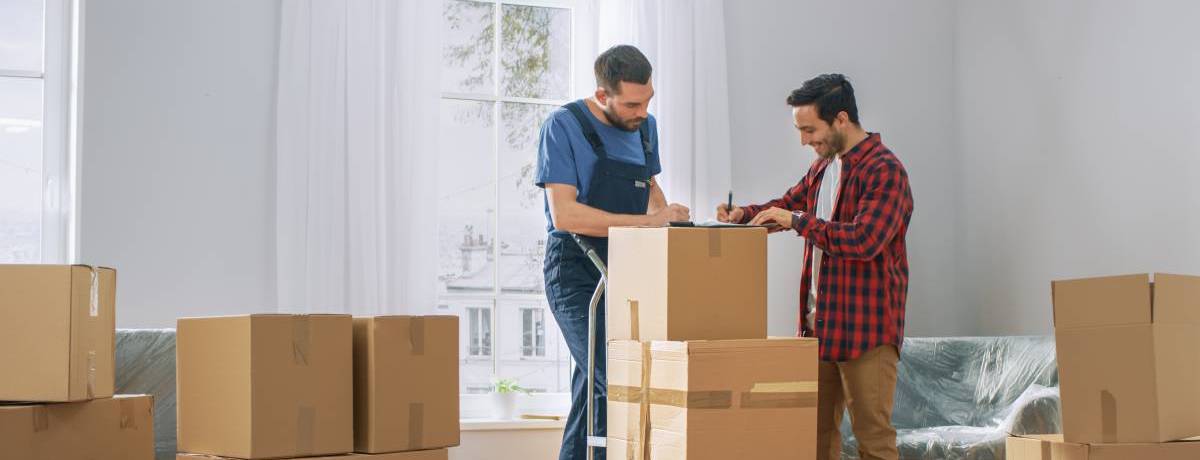
A guide to becoming a mover
Read more

How much do movers make?
Read more

Tips for moving house with kids
Read more
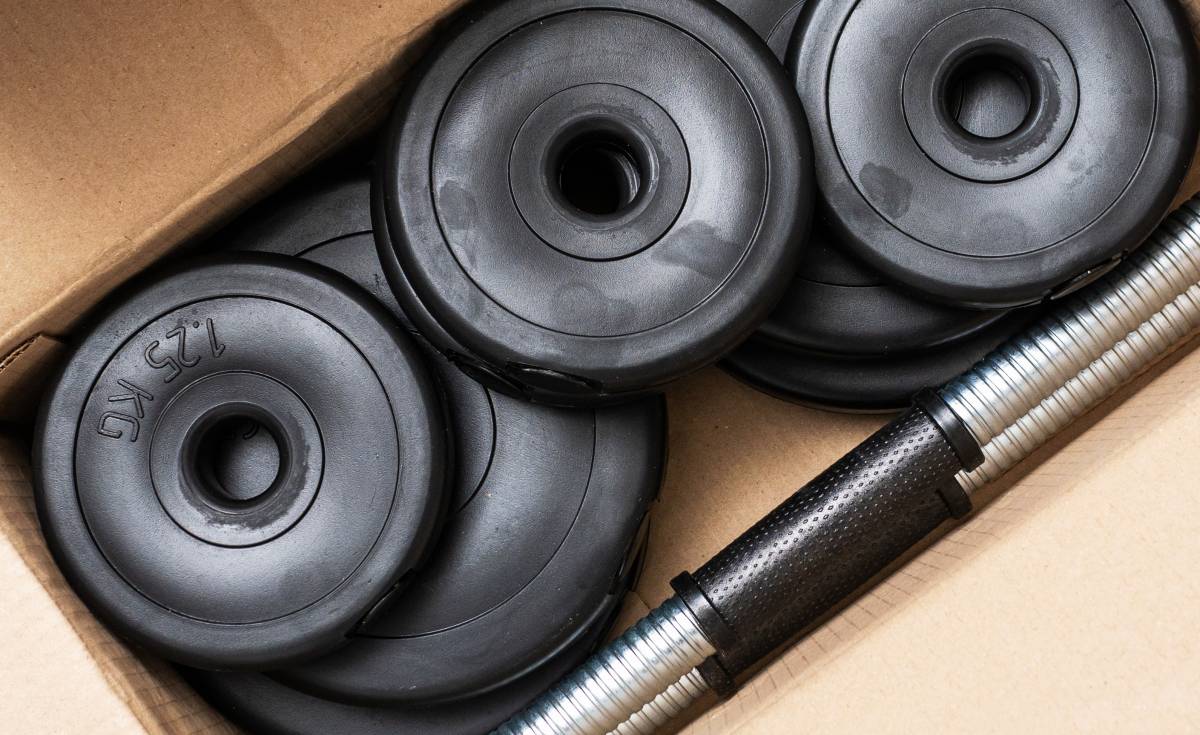
How to move gym equipment safely
Read more
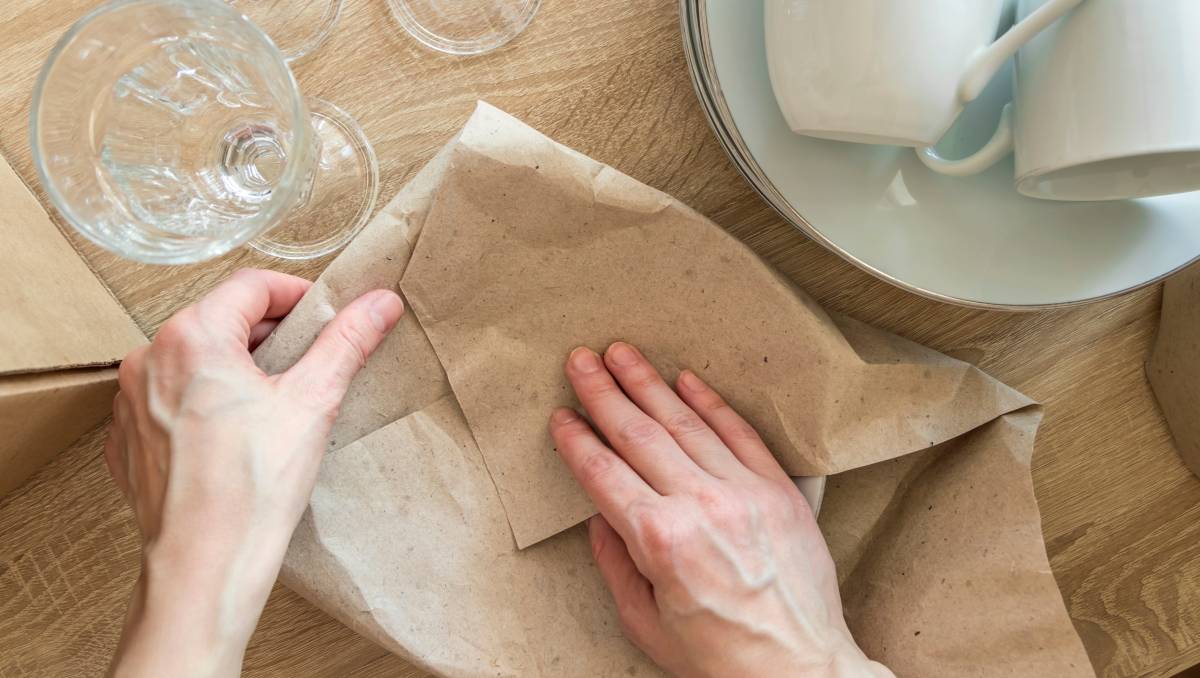
How to pack kitchen items
Read more

How to pack books for moving
Read more
Related price guides
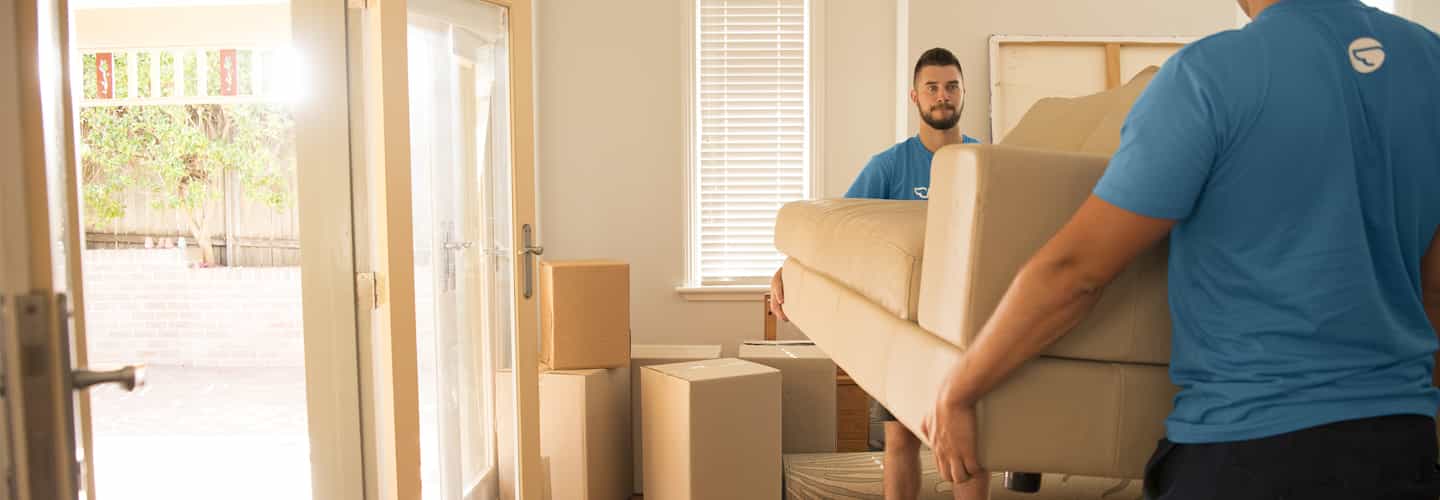
How much does a removalist cost?
Read more

How much does mattress removal cost?
Read more
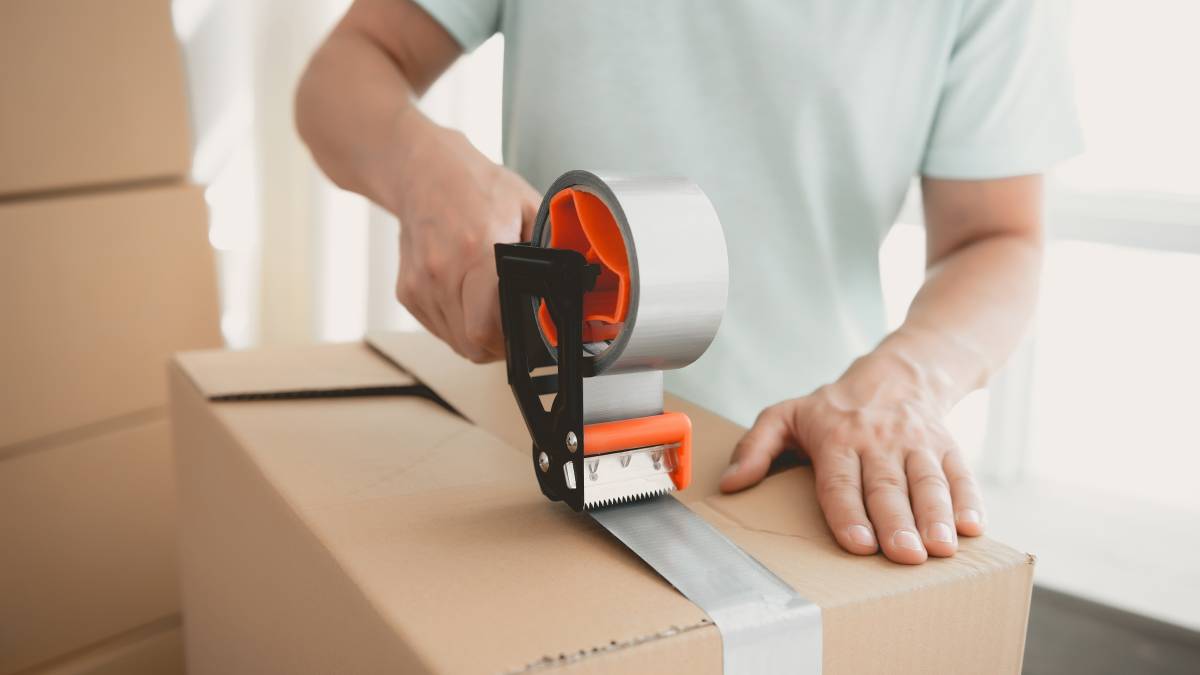
How much do packers cost?
Read more
